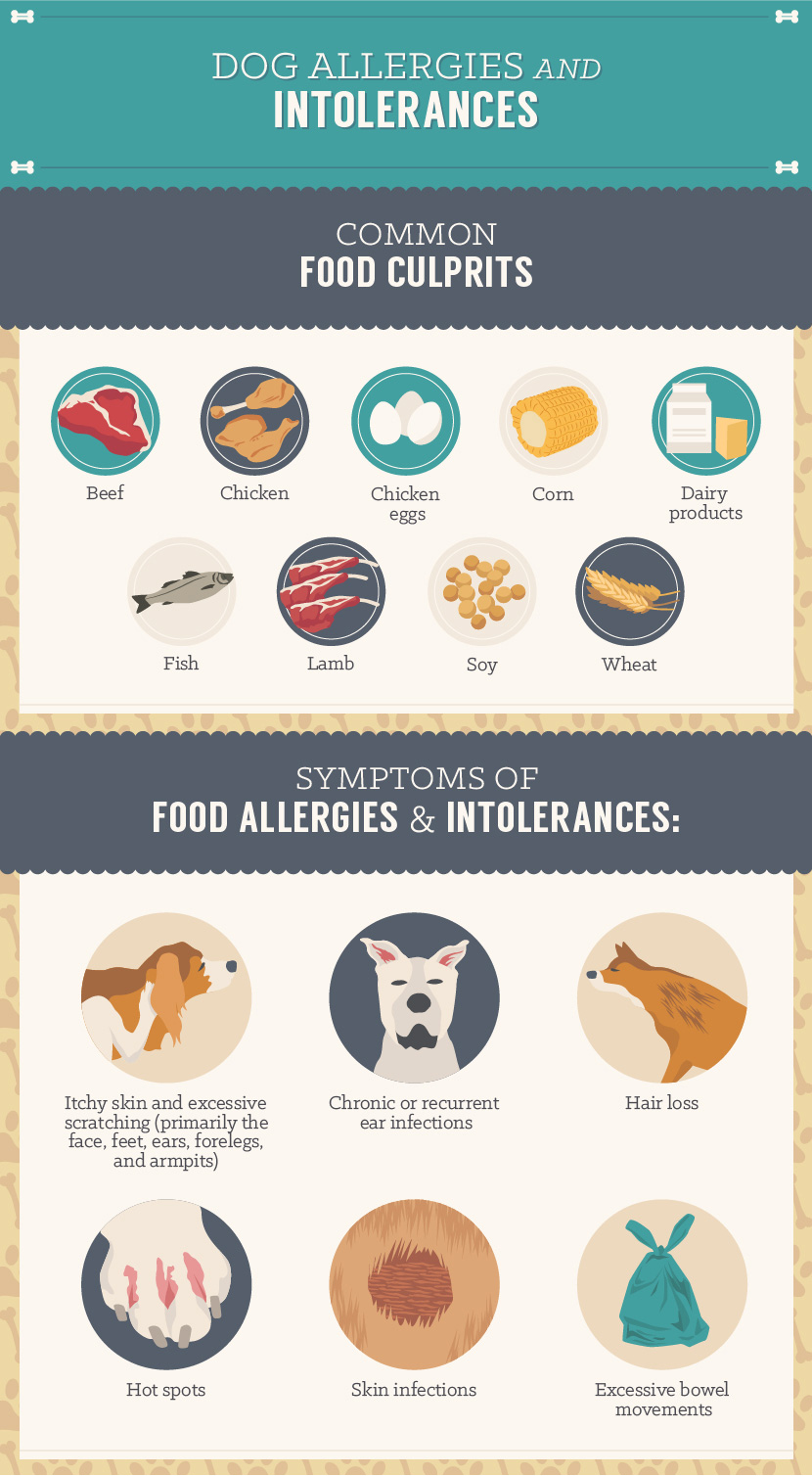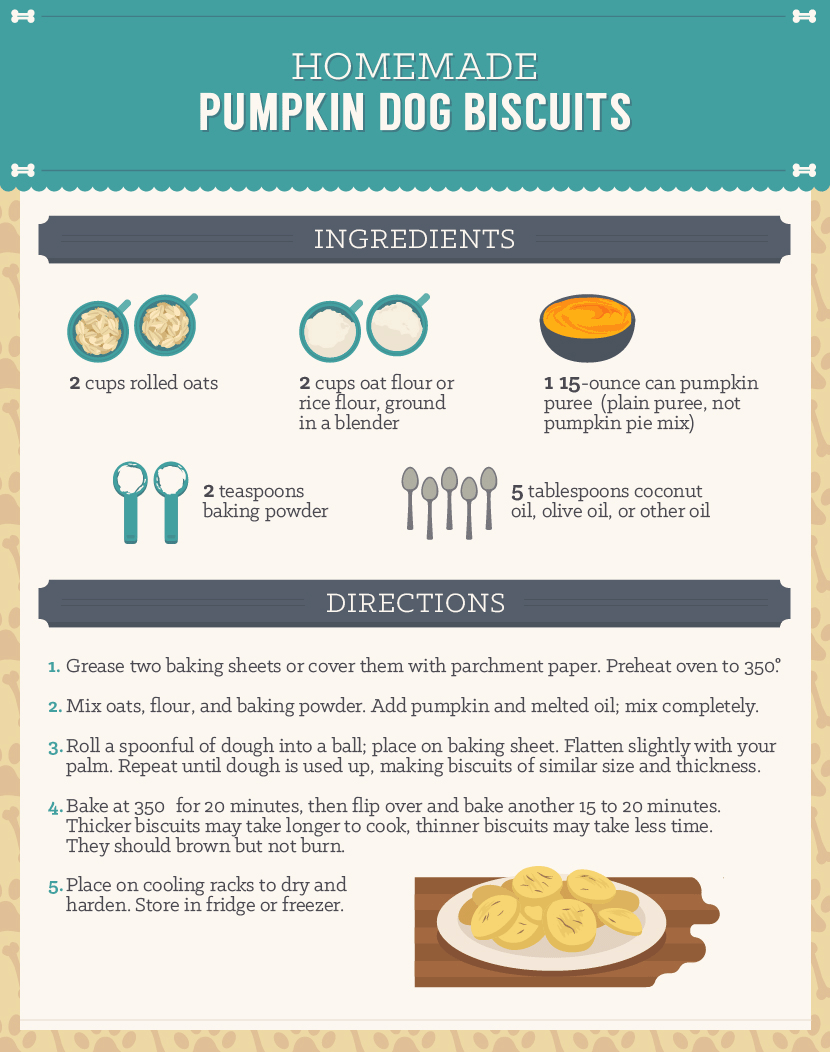Why You Should Make Healthy Homemade Dog Treats
We love our dogs. More than 35 percent of American households include dogs.https://www.avma.org/KB/Resources/Statistics/Pages/Market-research-statistics-US-pet-ownership.aspx That adds up to 77.8 million wet noses (and 311.2 million paws).http://www.statista.com/statistics/198100/dogs-in-the-united-states-since-2000/
While it was once considered okay to give our furry companions any dog treat available, goodies are much more complicated now. With reports of dangerous additives, banned antibiotics, mold, and more risks, commercial dog treats aren’t always a safe bet. While not all dog treats have the potential to be bad for your dog, homemade versions are an easy, effective, and healthy way to reward and love your pooch.
Dangerous Dog Food
In early 2007, many pet owners complained that their dogs were suffering kidney failure after eating treats made with ingredients imported from China. By March of that year, veterinary treatments for kidney problems in dogs had increased 141 percent.http://www.petconnection.com/2007/10/16/recall-insurance/ After weeks of consumer complaints, a number of companies recalled suspect products. When those products were tested, reports showed that ingredients made in China had been adulterated with melamine and other contaminants. These additives artificially inflated the protein content of ingredients such as wheat and corn gluten, rice protein, wheat flour, and other fillers. http://www.nytimes.com/2007/04/30/business/worldbusiness/30food.html? More than 5,300 products were affected, many of which were sold by popular pet food companies. Hundreds of dogs died and thousands were sickened after consuming contaminated treats and food.http://www.foodsafetynews.com/2013/10/fda-update-nearly-600-dogs-dead-in-connection-to-chinese-jerky-treats/#.Vio0036rSUl
A few years later, 14 people in nine states were sickened after handling dog food contaminated by salmonella. The problem was traced back to the same plant where the toxic mold aflatoxin had contaminated dog food a few years earlier.http://usatoday30.usatoday.com/news/health/story/2012-05-04/dog-food-salmonella-outbreak/54748730/1 And in 2013, several major manufacturers recalled treats after finding that their products contained trace amounts of antibiotics banned in the U.S. http://news.vin.com/VINNews.aspx?articleId=25670
Dog treats continue to be recalled because of salmonella, mold, and even metal shards.https://www.avma.org/news/issues/recalls-alerts/Pages/pet-food-safety-recalls-alerts-detail.aspx?itemID=1013 The U.S. Food and Drug Administration (FDA) continues to warn dog owners about pet treats with ingredients imported from China. As of last year, the agency has received 5,000 reports of illnesses linked to jerky pet treats, including more than 1,000 canine deaths. http://www.fda.gov/AnimalVeterinary/NewsEvents/CVMUpdates/ucm397713.htm Most complaints are related to chicken, including treats, tenders, and strips. There have also been complaints about products such as duck jerky, sweet potato jerky, and treats with meats wrapped around sweet potatoes or dry fruit.
In response to mounting pressure from customers, some major pet stores recently removed jerky and rawhide treats made in China from their shelves, although these products are widely available in other stores. The FDA cautions, “Pet owners should be aware that manufacturers do not need to list the country of origin for each ingredient used in their products.” This means that a label emblazoned with “Made in the USA” doesn't guarantee that all ingredients are sourced here. http://www.dogfoodadvisor.com/dog-food-industry-exposed/dog-food-chin/
DIY treats, in contrast, provide dogs with a safe, healthy alternative. Check out our recipes for natural treats as well as suggestions for single-ingredient food treats.
Allergies and Intolerances

Many people prefer to avoid ingredients that aren't a natural or necessary part of any dog's diet. Some animals are intolerant of or allergic to ingredients such as soy and corn. The most common dog allergy is beef. Other top offenders are dairy, wheat, chicken, lamb, pork, fish, and eggs. Dogs can develop intolerances and allergies at any time and often have problems with more than one ingredient. http://www.petmd.com/blogs/nutritionnuggets/jcoates/2011/coates/food_allergy_myths-11862
For these and other reasons, it's important to pay attention to your dog's reaction to any new food or treat you introduce. http://pets.webmd.com/dogs/guide/caring-for-a-dog-that-has-food-allergies Up to eight weeks after a change in diet, take heed if your dog suffers from recurrent skin or ear infections, an increase in licking or itching, or a gastrointestinal problem; these symptoms may be related to a new food or treat. http://www.petmd.com/blogs/nutritionnuggets/jcoates/2011/coates/food_allergy_myths-11862 To avoid the development of food allergies, some vets encourage a varied diet plus probiotics in puppyhood.http://pets.webmd.com/dogs/guide/caring-for-a-dog-that-has-food-allergies?page=3
The best treats are those that help your animal companion stay healthy and energetic. Remember that the content of this article does not constitute veterinary or dietary advice. Always check with your veterinarian about your dog’s specific dietary needs.
People Food That’s Toxic to Dogs
Many foods deemed safe for humans (or uncooked food products that your dog may snatch off the counter) are toxic to dogs or contain toxic elements, including seeds and pits. Even if you don’t intentionally give these items to your pet as a treat, your dog may get into the trash and eat coffee grounds or snatch cherry pits from a bowl – both of which can be toxic in large quantities. Be aware of the following items.
- Alcohol: Can impair coordination and breathing; consumption may result in coma or death.
- Apple Seeds: Release a cyanide compound when digested. It would take a lot of apple seeds to affect a dog, but it is best to avoid them.
- Apricot Pits: Source of the toxin cyanide.
- Avocados: Contain persin, which is somewhat toxic; may cause vomiting, diarrhea, constipation, or pancreatitis.
- Bread Dough and Pizza Dough, Raw: Unbaked yeast dough can expand in a dog's stomach, causing bloating. Symptoms include drooling, retching, distended belly, increased heart rate, and, in rare instances, death caused by gastrointestinal rupture.
- Caffeine Large amounts of caffeine can result in a fast pulse, hyperactivity, increased blood pressure, tremors, seizures, and even death. Seek veterinary help right away if your dog has consumed coffee grounds.
- Cherry Pits: Source of the toxin cyanide.
- Chocolate: Contains caffeine, but the real problem comes from the poison methylxanthine. Symptoms may not show up for hours. Ingestion can cause hyperactivity, vomiting, elevated pulse, tremors, fever, pancreatitis, seizures, and, in rare cases, death.
- Cooked Bones: Can splinter when chewed or can be swallowed in too-large pieces. This can cause choking, internal bleeding, or digestive blockages that could result in serious illness or death.
- Corn on the Cob: Dogs can easily chew and swallow the cob itself. Bits of cob can cause digestive blockages, a serious condition indicated by vomiting and diarrhea. If unresolved, a total blockage is fatal.
- Fish, Raw: Raw salmon and trout are toxic if they harbor the bacteria Neorickettsia helminthoeca, which can be fatal to dogs if untreated. Symptoms generally appear 5 to 7 days after consumption and include fever, vomiting, yellow diarrhea, and discharge from the nose. Cooked fish of all kinds is fine.
- Grapes and Raisins: Contain a toxin that can cause liver damage, kidney failure, and sometimes death. Symptoms can occur from as little as one cup.
- Liver, in Excess: Contains high levels of vitamin A. Too much liver can lead to excessive bone growth of the spine and joints, weight loss, and disinterest in eating.
- Macadamia Nuts and Macadamia Butters: Can cause fever, rapid heartbeat, tremors, distress, and weakness.
- Onions and Chives: Contain sulfoxides and disulfides, both of which can cause anemia and damage red blood cells. A large quantity of food containing onions can cause hemolytic anemia. Symptoms include weakness, loss of appetite, vomiting, diarrhea, shortness of breath, and darkened urine.
- Pits and Seeds: Including peach and plum pits and persimmon seeds. These are a source of the toxin cyanide.
- Processed Foods: Likely to contain ingredients dangerous to dogs. Chips often contain onion powder and excess salt; diet foods often contain Xylitol; cookies or granola bars contain raisins or chocolate; and pizza contains onions.
- Xylitol: Commonly found in chewing gum, breath mints, and sugar-free foods. Even small quantities of Xylitol can lead to insulin overproduction, kidney failure, and death.

Homemade Treats, Safe for Your Dog
When you make dog treats from scratch, you can select the healthiest ingredients possible. But remember, homemade treats do not have preservatives to keep them shelf-stable like commercial treats. For maximum freshness, keep all homemade dog treats in the refrigerator or freezer and remove just what you need for the day.
None of the following recipes requires rolling dough, fancy cookie cutters, or difficult preparation.

Doggie Squares
These protein-packed squares can be baked as dry or moist as you choose.
Ingredients
- Nonstick cooking spray
- 2 teaspoons baking powder
- 3/4 to 1 cup oat flour, almond flour, rice flour, buckwheat flour, or amaranth flour (use 1 cup if using canned salmon)
- 1 pound ground turkey, chicken, beef, venison, OR one 14¾-ounce can of salmon
- 1 egg
Directions
1. Preheat oven to 350 degrees. Coat a 13 x 9-inch baking dish with nonstick cooking spray.
2. Mix baking powder and flour; add meat or fish. Combine until dry ingredients are fully incorporated. Add egg and mix until completely combined. Spread the mixture evenly in the prepared pan.
3. Bake 20 to 30 minutes until firm and dry to the touch. Cool in the pan. Cut into squares and store in the refrigerator (good for up to five days) or in the freezer (good for up to six months).
Hound Jerky
Choose lower-priced cuts and meats marked down for same-day purchase. Save tough pieces cut from meats you prepare for yourself. Lean meats are safest for jerky, as fats go rancid. Beef tongue makes excellent jerky for dogs.
Ingredients
- Nonstick cooking spray
- 1 to 3 pounds meat (beef, pork, chicken, or turkey)
Directions
If you have a dehydrator, follow your machine's instructions for making jerky but skip salts and other seasoning. If not, follow these oven-based instructions.
1. Coat two jelly roll pans or rimmed baking sheets with nonstick cooking spray. Set a metal cooling rack in each pan. Coat rack with spray.
2. Slice meat into thin, uniform strips and arrange on racks. (Pieces will shrink, so they can be placed close together.)
3. Bake at the lowest oven setting (most are between 150º and 200º). Depending on the meat's thickness, the bake time may be between 3 to 8 hours. The texture of the final product is your choice. You may leave it somewhat chewy or wait until it's completely dry.
4. Remove from oven and let jerky cool completely before storing in refrigerator or freezer. Since no salts are used in the process, this jerky shouldn't be stored at room temperature.
Leftovers Trail Mix
This trail mix is perfect for bite-sized training treats and virtually cost-free because it’s made from leftovers. Toss leftovers in a freezer container until there’s enough to make a batch of trail mix. Then thaw, bake, and treat!
Ingredients
- Nonstick cooking spray
- Pieces of meat, poultry, and fish (rinse off seasonings and sauces)
- Potatoes, cooked (sweet as well as white)
- Vegetables (no avocados or onions)
- Fruit (no grapes or raisins)
Directions
If you have a dehydrator, follow your machine's instructions for drying vegetables, but skip salts and other seasoning. If not, follow these oven-based instructions.
1. Coat jelly roll pans or rimmed baking sheets with nonstick cooking spray. Preheat oven to the lowest oven setting (most are between 150º and 200º).
2. Cut ingredients into approximately similar-sized pieces, about 1 inch thick, Spread on prepared baking sheets. Place in oven and bake until all ingredients are dried but not browning, approximately 40 minutes to 1 hour.
3. Cool completely. Store in refrigerator (good for up to five days) or in the freezer (good for up to six months).
Homemade dogs treats may take a little more time to prepare, but they're worth the effort to keep the pets we love safe and healthy. The treat we get for our time in the kitchen? Peace of mind.
Embed the article on your site

